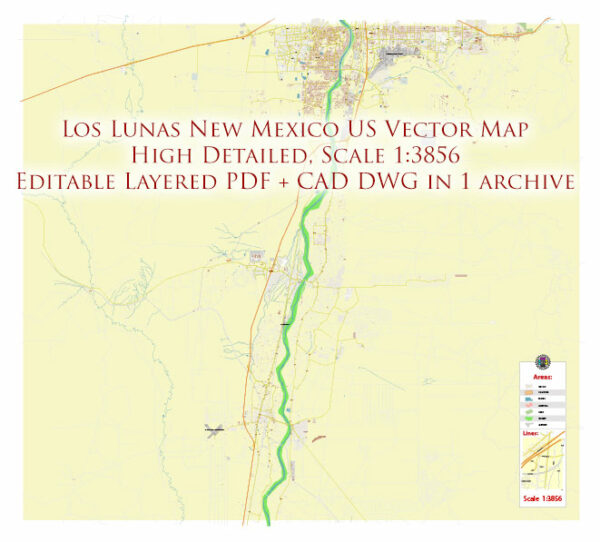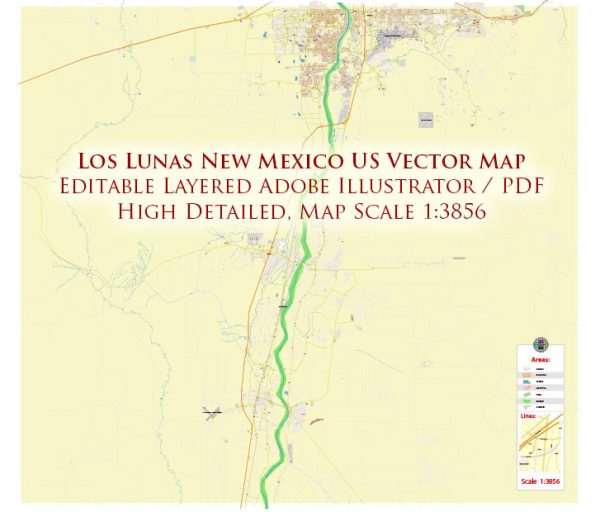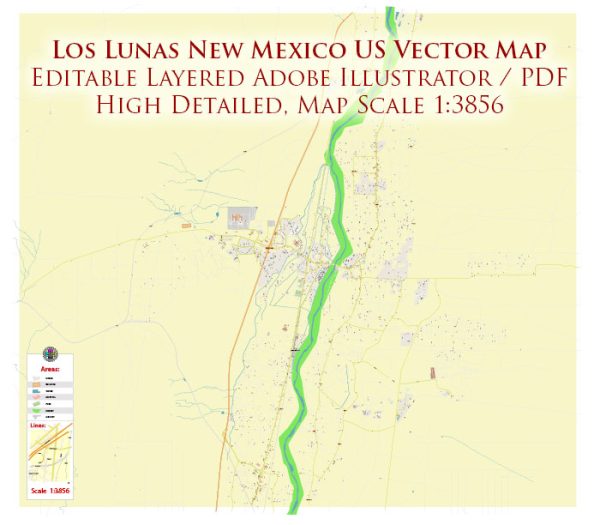Los Lunas, New Mexico, is a small town located in the southwestern United States, specifically in Valencia County, in the state of New Mexico. While not a major city or a prominent historical site, Los Lunas has a unique history and cultural significance. Here is a brief description of its history in the context of U.S. history:
- Ancient History: Los Lunas is known for the Los Lunas Decalogue Stone, a large stone tablet featuring what appears to be a condensed version of the Ten Commandments in ancient Hebrew script. This artifact has stirred much debate and speculation about its origins and authenticity. Some argue that it might date back to pre-Columbian times, while others believe it’s a relatively recent creation.
- Spanish Colonization: Like much of New Mexico, Los Lunas has a history tied to Spanish colonization in the Americas. Spanish explorers and settlers arrived in the region in the late 16th century, and the town was named after the Luna family, one of the prominent Spanish colonial families in the area.
- The Santa Fe Trail: Los Lunas was situated along the historic Santa Fe Trail, a vital trade route that connected Missouri to Santa Fe, New Mexico, during the 19th century. This trail played a significant role in westward expansion and trade, contributing to the region’s development and economic growth.
- The Railroad Era: The arrival of the Atchison, Topeka, and Santa Fe Railroad in the late 19th century had a profound impact on Los Lunas and the surrounding area. The railroad facilitated transportation and trade, further boosting the town’s economy.
- Modern Times: Today, Los Lunas is a small, growing community that has seen an increase in population due to its proximity to Albuquerque, New Mexico’s largest city. It has also become a commuter town for people working in Albuquerque, and the town continues to evolve in response to the changing needs of its residents.
While not as well-known as some other historic places in the United States, Los Lunas has its own unique history and significance within the context of New Mexico’s rich cultural heritage and the broader history of the American Southwest.




 Author: Kirill Shrayber, Ph.D.
Author: Kirill Shrayber, Ph.D.